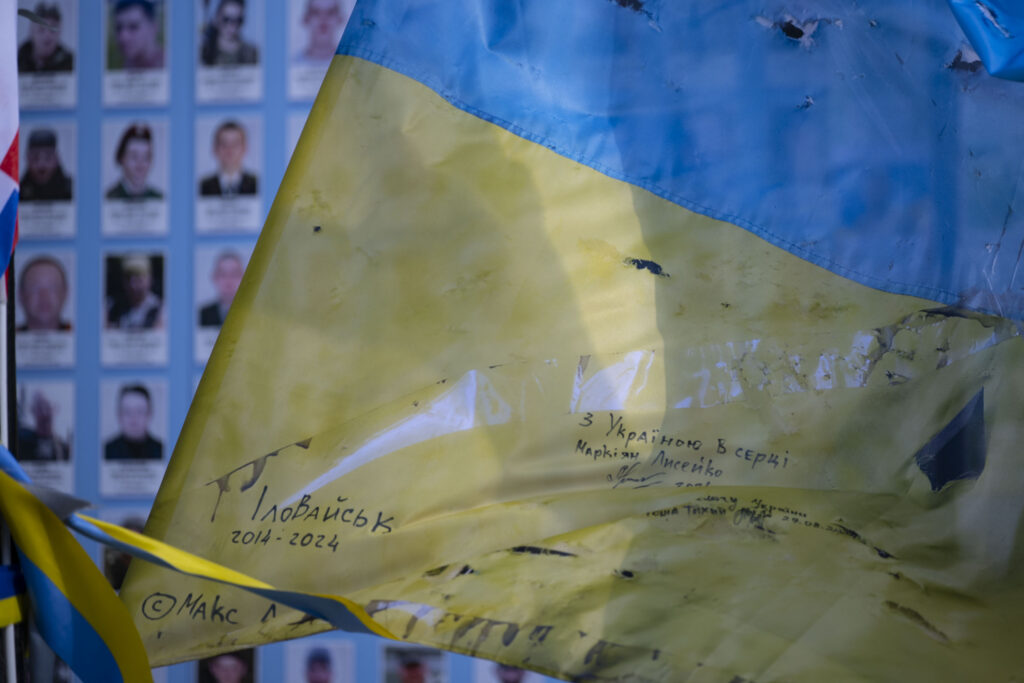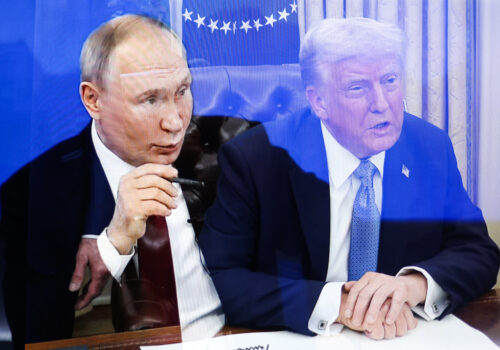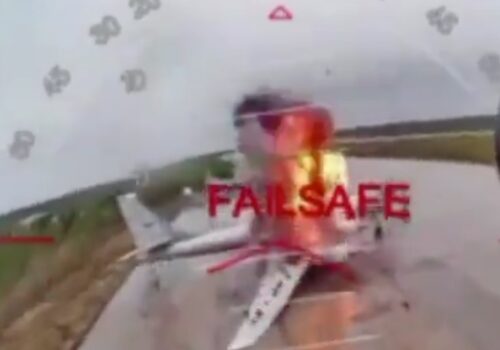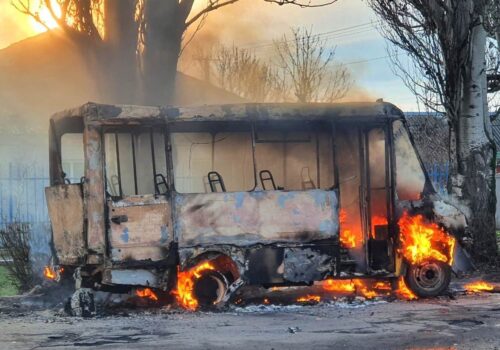The memorandum presented by the Russian Federation during recent bilateral talks with Ukraine in Istanbul was described by Kremlin officials as a constructive step toward a possible peace agreement. However, the demands outlined in the document tell an altogether different story. Russia’s memorandum makes clear that Moscow does not seek peaceful coexistence with an independent and sovereign Ukraine. Instead, the Kremlin’s goal evidently remains the systematic dismantling of Ukrainian statehood.
One of the key demands detailed in the Russian memorandum is the requirement for Ukraine’s complete withdrawal from four Ukrainian provinces that Moscow claims as its own but has so far been unable to fully occupy. For Kyiv, this would mean abandoning dozens of towns and cities along with millions of Ukrainians to the horrors of indefinite Russian occupation. It would also dramatically weaken Ukraine’s defenses and leave the rest of the country dangerously exposed to further Russian aggression.
Handing over the city of Kherson and the surrounding region would be particularly disastrous for Ukraine’s future national security. This would grant Russia a foothold across the Dnipro River in the western half of Ukraine, placing Odesa and the country’s other Black Sea ports in immediate danger. The loss of Zaporizhzhia, one of Ukraine’s largest cities with a prewar population of around seven hundred thousand, is similarly unthinkable.
Stay updated
As the world watches the Russian invasion of Ukraine unfold, UkraineAlert delivers the best Atlantic Council expert insight and analysis on Ukraine twice a week directly to your inbox.
Territorial concessions are only one part of Russia’s comprehensive plan to undermine Ukrainian statehood. The memorandum presented in Istanbul calls for strict limits to be imposed on the size of Ukraine’s military along with restrictions on the categories of weapons the country is allowed to possess. Ukraine would also be banned from joining any military alliances or concluding bilateral security agreements with other nations. This would transform Ukraine into a disarmed and internationally isolated buffer state with no means to defend itself, leaving it entirely at Putin’s mercy.
Beyond the battlefield, Russia’s memorandum proposes a series of sweeping changes to Ukraine’s internal political and cultural landscape that would allow Moscow to reestablish its dominance over the country. Key demands include official status for the Russian language, the reinstatement of the Russian Orthodox Church’s legal privileges, and a wholesale rewriting of Ukrainian history in line with Kremlin narratives.
One of the most sinister aspects of the Russian peace proposal is the call for a complete ban on all so-called “nationalist” Ukrainian political parties. This rather vague wording is open to interpretation and could easily be used to silence Ukrainian politicians opposed to Russian influence. Given the Kremlin’s long record of labeling anything that contracts Russian imperial orthodoxies as “extremist” or “fascist,” the idea of outlawing “nationalist” political parties represents an obvious threat to Ukraine’s sovereignty and the country’s democratic political system.
Eurasia Center events

Moscow’s memorandum was presented at a time when Russia is escalating its invasion of Ukraine. In recent months, Russian drone and missile attacks on Ukrainian cities have increased significantly, leading to a sharp rise in the number of killed and wounded civilians. Along the front lines of the war, the Russian military is currently engaged in what most analysts believe are the early stages of a major summer offensive that seeks to break Ukrainian resistance. Russian troops are advancing in the east and have recently crossed the border in northern Ukraine to open a new front in the Sumy region.
The Ukrainian authorities cannot accept the punishing terms being proposed by Russia. Indeed, no sovereign state could do so and expect to survive. The real question is how the international community will respond. Russia’s memorandum is a blueprint for the end of Ukrainian statehood and the return of the country to Kremlin control. It makes a complete mockery of recent US-led calls for a compromise peace, and demonstrates beyond any reasonable doubt that Russia has no interest in ending the invasion.
This should be enough to persuade Western leaders that progress toward peace will only be possible if they increase the pressure on Putin. At present, the Russian leader clearly believes he is winning and is confident of outlasting the West in Ukraine. In order to change this calculus and force a rethink in Moscow, Kyiv’s partners must impose tougher sanctions on Russia while boosting military support for Ukraine. In other words, they must speak to Putin in the language of strength, which remains the only language he truly understands.
Russia’s recent memorandum sends an unambiguous signal that Moscow is undeterred by the current Western stance and remains fully committed to its maximalist goal of erasing Ukraine as a state and as a nation. If Western leaders wish to avoid this catastrophic outcome, they must convince Putin that the alternative to a negotiated peace is a Russian defeat.
Tetiana Kotelnykova is a graduate student at Yale University specializing in European and Russian Studies with a focus on conflict, postwar recovery, and regional geopolitics. She is the founder of Brave Generation, a New York-based nonprofit organization that supports young Ukrainians affected by war and invests in the next generation of Ukrainian leadership. She also leads the Ukrainian Recovery Youth Global Initiative.
Further reading
The views expressed in UkraineAlert are solely those of the authors and do not necessarily reflect the views of the Atlantic Council, its staff, or its supporters.

The Eurasia Center’s mission is to enhance transatlantic cooperation in promoting stability, democratic values, and prosperity in Eurasia, from Eastern Europe and Turkey in the West to the Caucasus, Russia, and Central Asia in the East.
Follow us on social media
and support our work
Image: Photo: president.gov.ua





